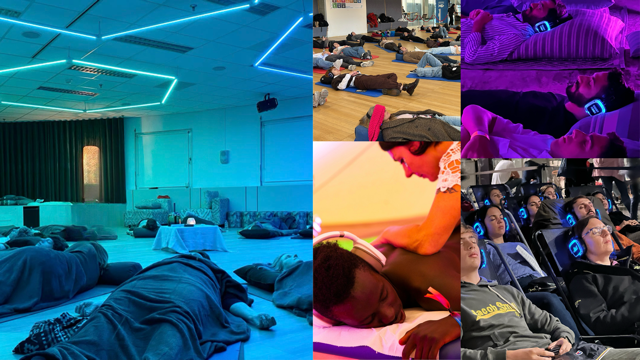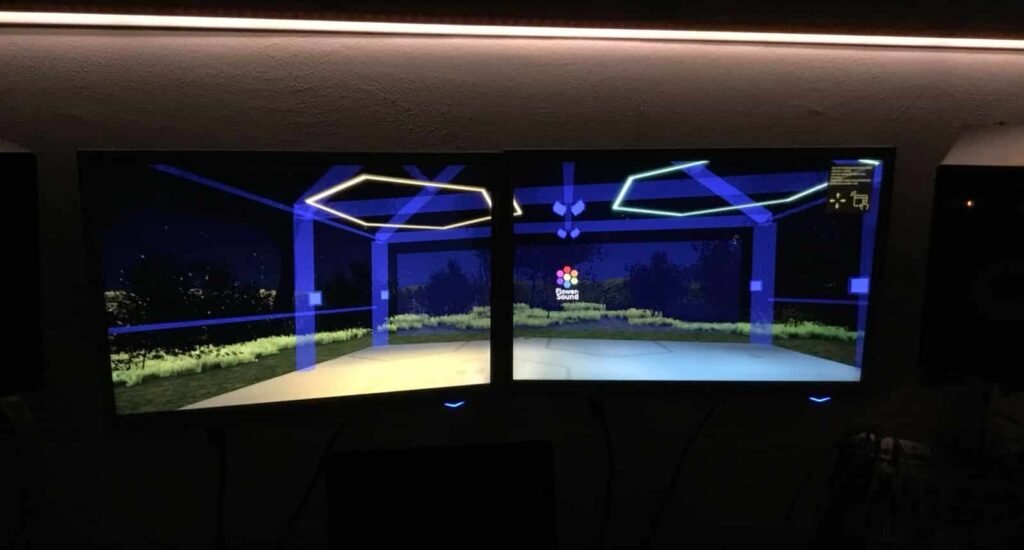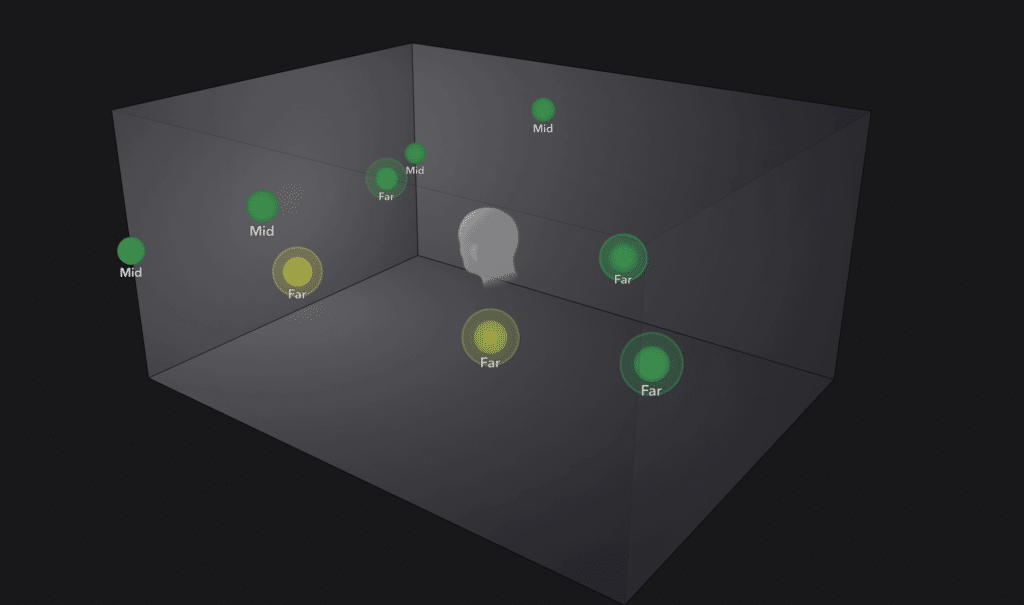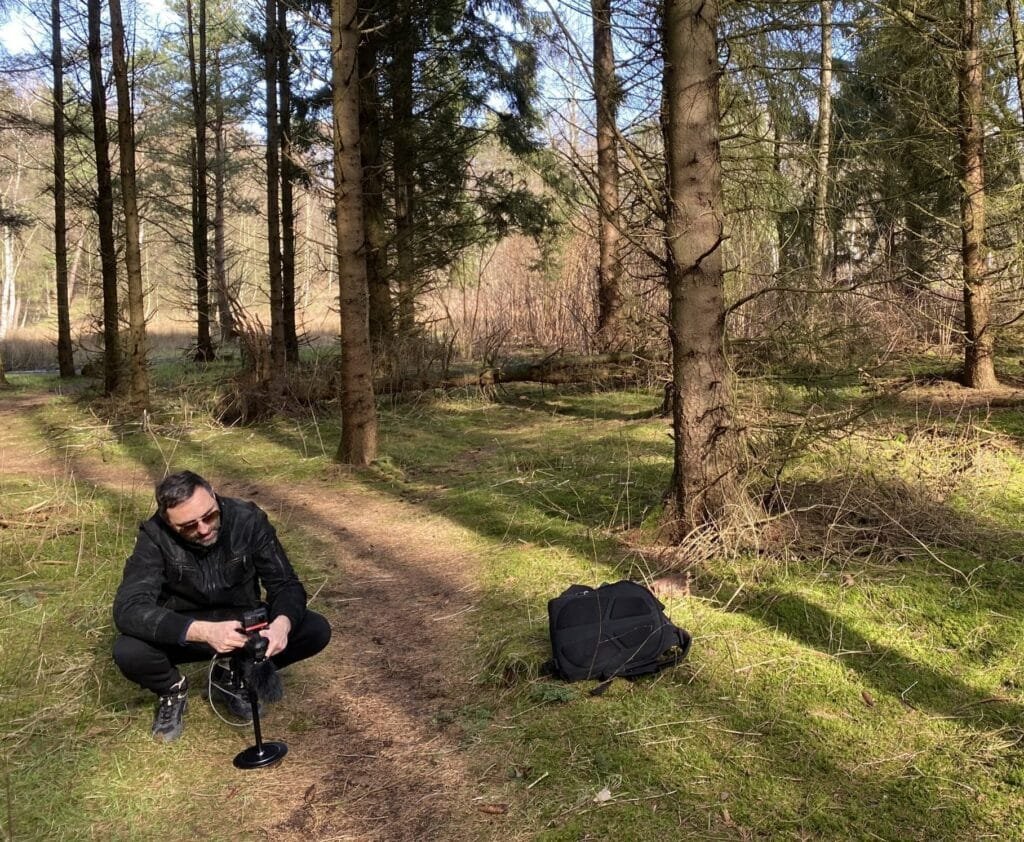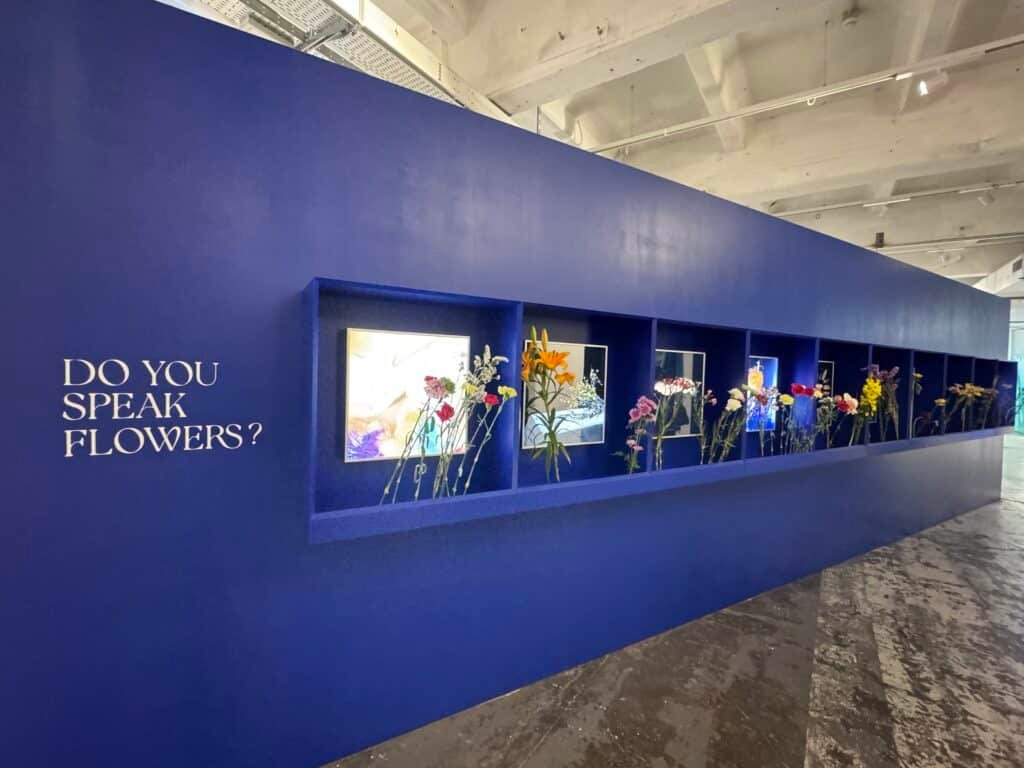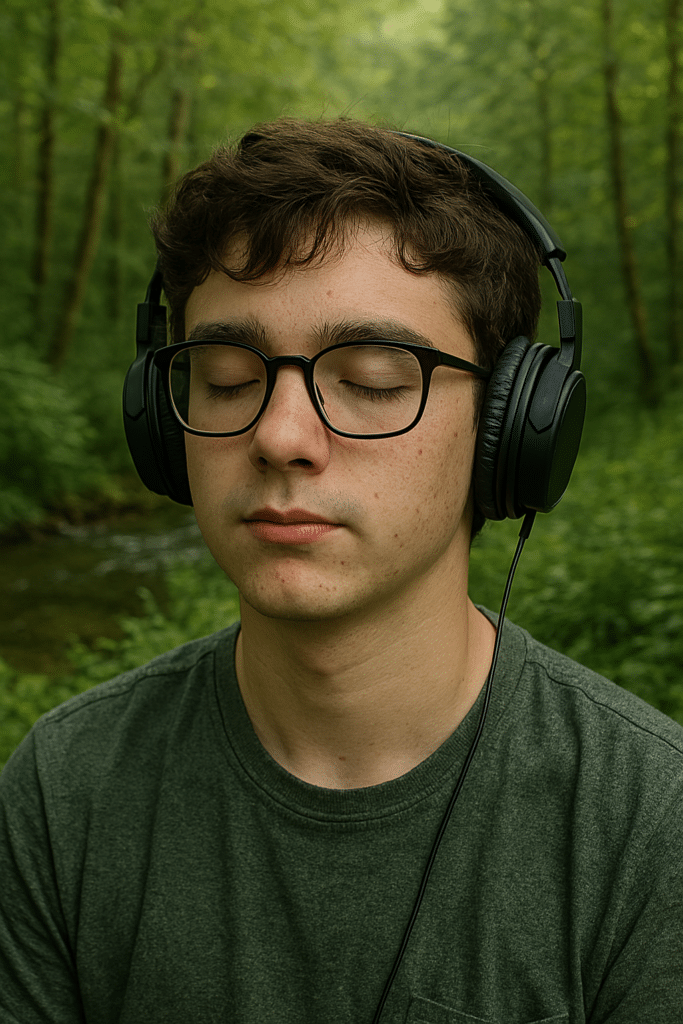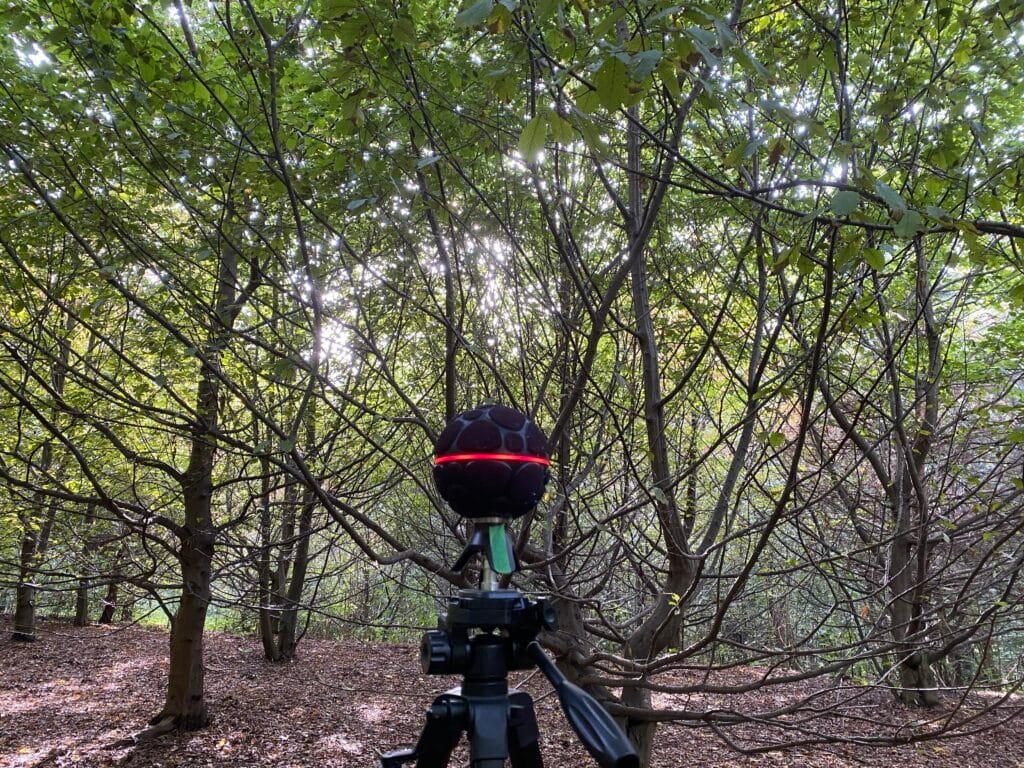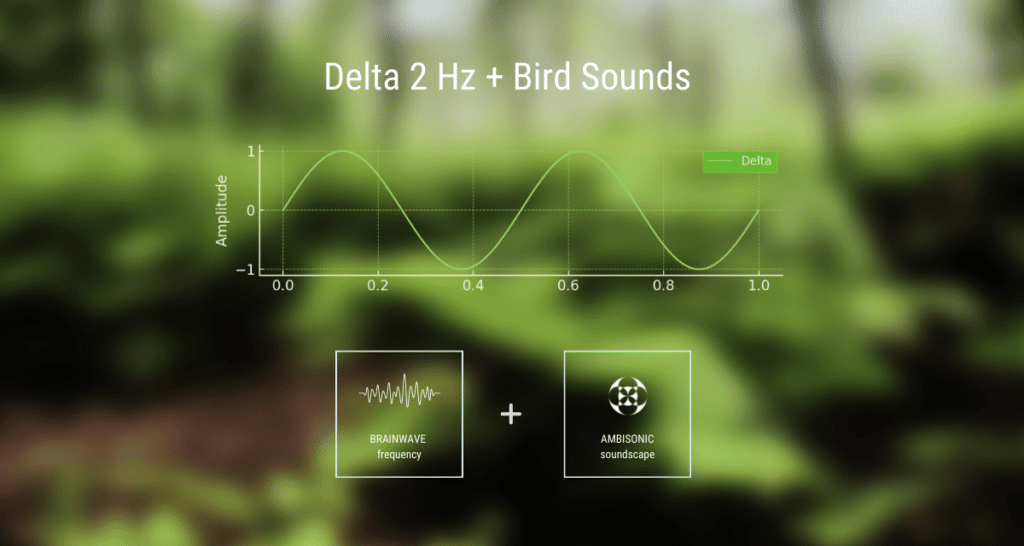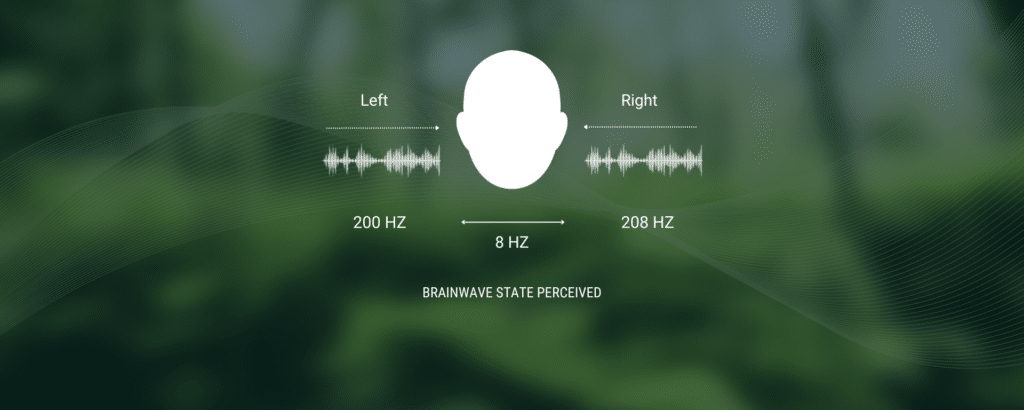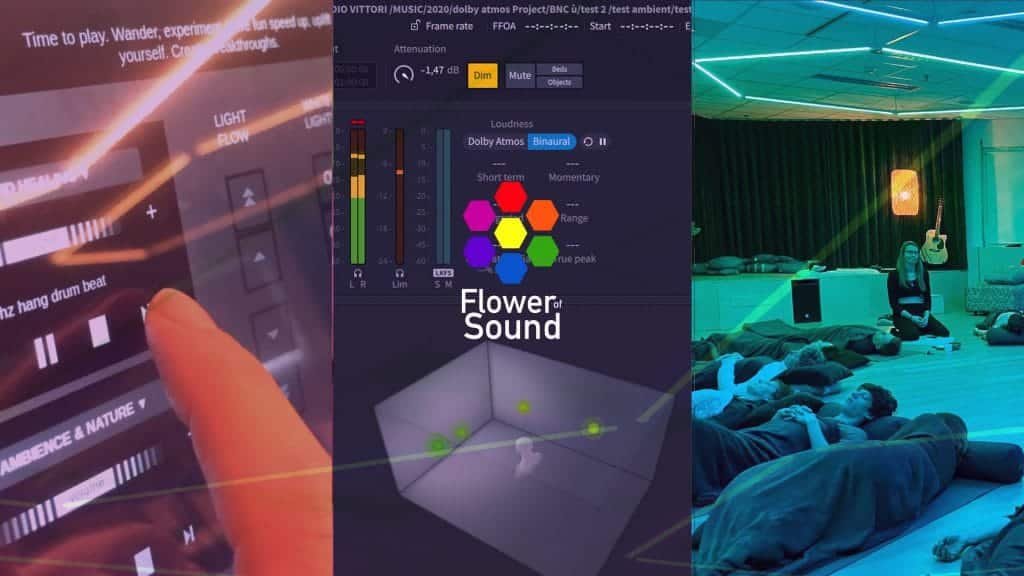Perception is the process through which our brain interprets sensory input. It is not merely what our ears, eyes, or skin detect, but what our mind makes of it. Think simple. There is a loud noise, our brain interprets it as danger unless it has learned that particular loud sound is harmless. The sound stays the same, the perception changes, and therefore the reaction becomes different.
In neuroscience, it is considered a constructive process and a constant loop of sensory data being shaped by memory, expectation, context, and attention. As cognitive scientist Alva Noë writes in Action in Perception: “Perception is not something that happens to us or in us. It is something we do.”
It is an active process of engaging with and exploring the world, according to Noë, rather than a passive reception of sensory information. This idea contrasts with and is different from more traditional views that see perception as an internal and passive process or stimulation. According to Noë’s enactive theory, our ability to perceive is fundamentally linked to our ability to act and interact with the world.
This is where we believe the importance of auditory perception comes in.
Sound feels different
When you know how to change your perception by training and using sound, a new way to live opens. It is not passive. It becomes generative, active, and transformative. It means you can change how you feel and shift your emotional state and response.
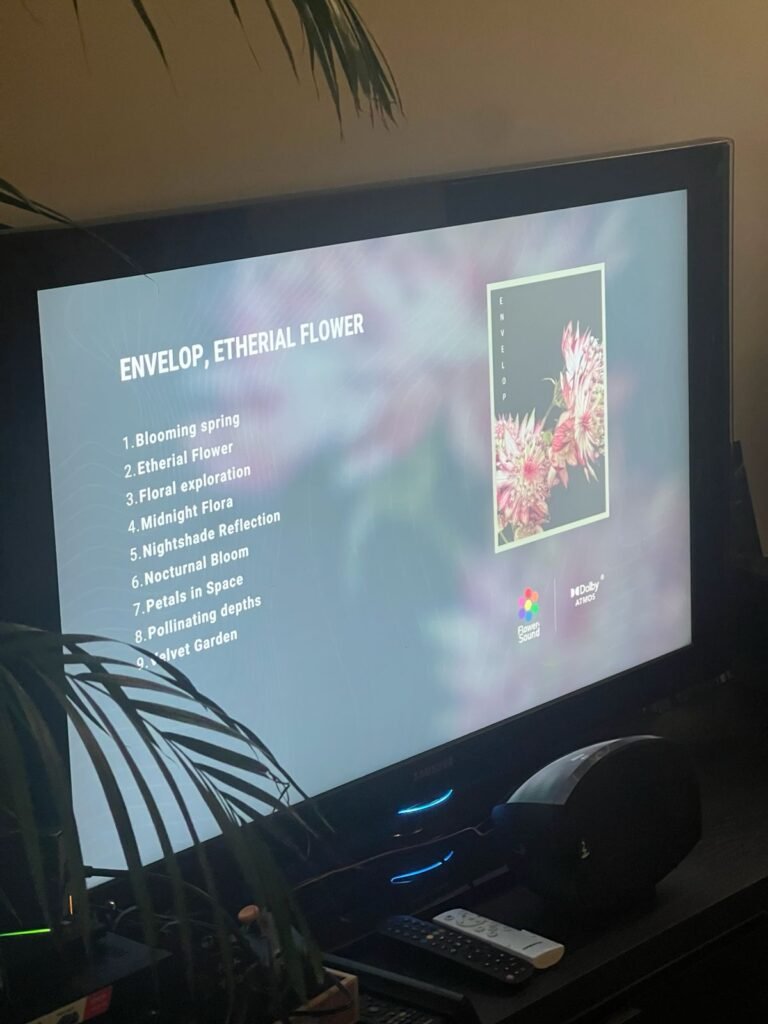
Thinking of sound, auditory perception includes everything from the basic frequency used to volume detection, melody recognition, and environmental noises or soundscapes. It is also used to sense space in a large building, how a soundwalk through Tokyo or a sound journey can shift our internal state, and how spatial audio can make our body feel like it is in an entirely different environment. Therefore, the auditory perception is not a theme for us; it’s the threshold.
Importance of perception
Our perceptual system is, as mentioned, shaped by our personal experience, training, culture, and environment. This means that by changing your (auditory) perception, the world changes in how it appears to you and how you react towards it. Therefore, it can shift your emotional state and your stress levels, and open up your creativity or way of looking at a problem. Sound has a strong influence and is, therefore, an effective way to consciously change your perception. Below are a few examples:
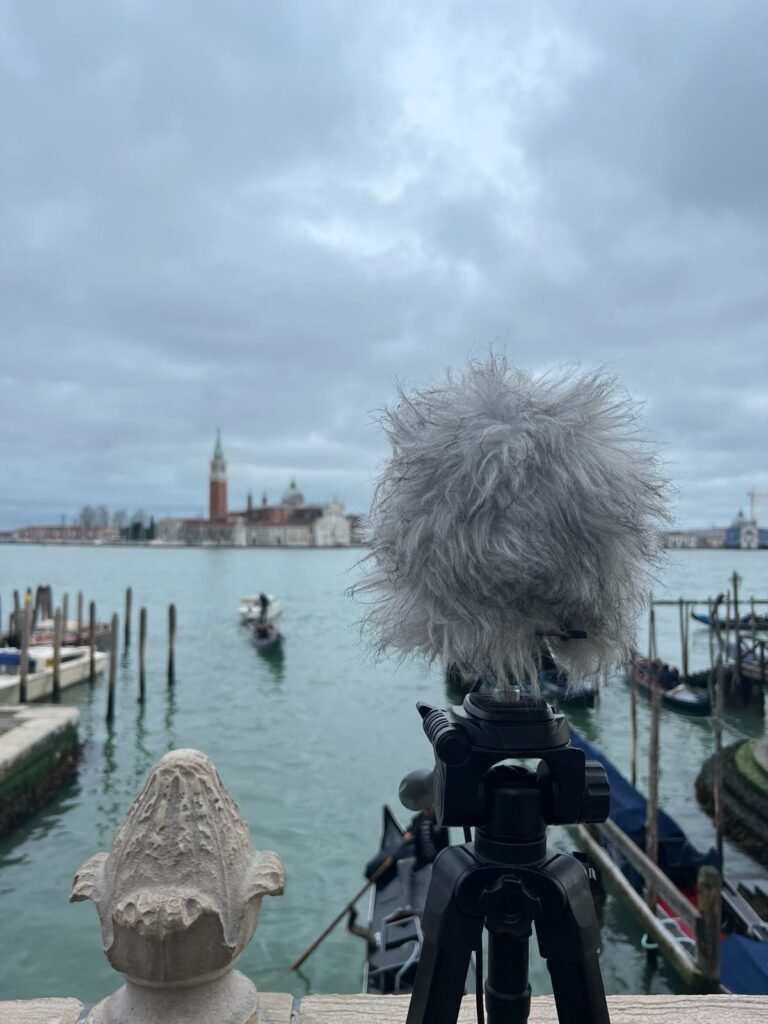
Creativity
Auditory stimulation can influence creative thinking, though the effects can vary per individual. Our research on binaural beats, for instance, shows that certain frequencies can enhance divergent thinking, which is a key component of creativity (Reedijk). Gamma wave frequencies (30-100 Hz and especially 40Hz), for instance, show promise for enhancing cognitive flexibility and creative thinking.
Embodiment & Presence
Spatial audio technologies demonstrate measurable effects on our sense of being present in 3D environments. Recent research confirms that spatial audio increases perceptions of “shared space” and enhances feelings of presence in virtual environments (Microsoft Research, 2023).
Well-being
Nature sounds can reduce stress and improve psychological well-being. The study of Gould van Praag (see below this article for all the links of the studies) found that listening to natural soundscapes alters brain connectivity patterns associated with relaxation, while other studies show nature sound exposure can lower cortisol levels and reduce stress-related physiological responses.
What does this mean? You want to be more creative, listen to these binaural beats, and your mind is more open to it. Want to feel more embodied and present? Use surround or spatial sound, want to feel more relaxed, use nature sounds. Just 3 simple examples to change actively what you perceive and influence your emotional state. But what happens if you listen in immersive sound?
Immersive Sound
One of the central aims of immersive sound is to induce a shift in perception. This doesn’t mean escapism; it means transformation. To listen differently, or in our terms, more naturally, is to be different, even momentarily.
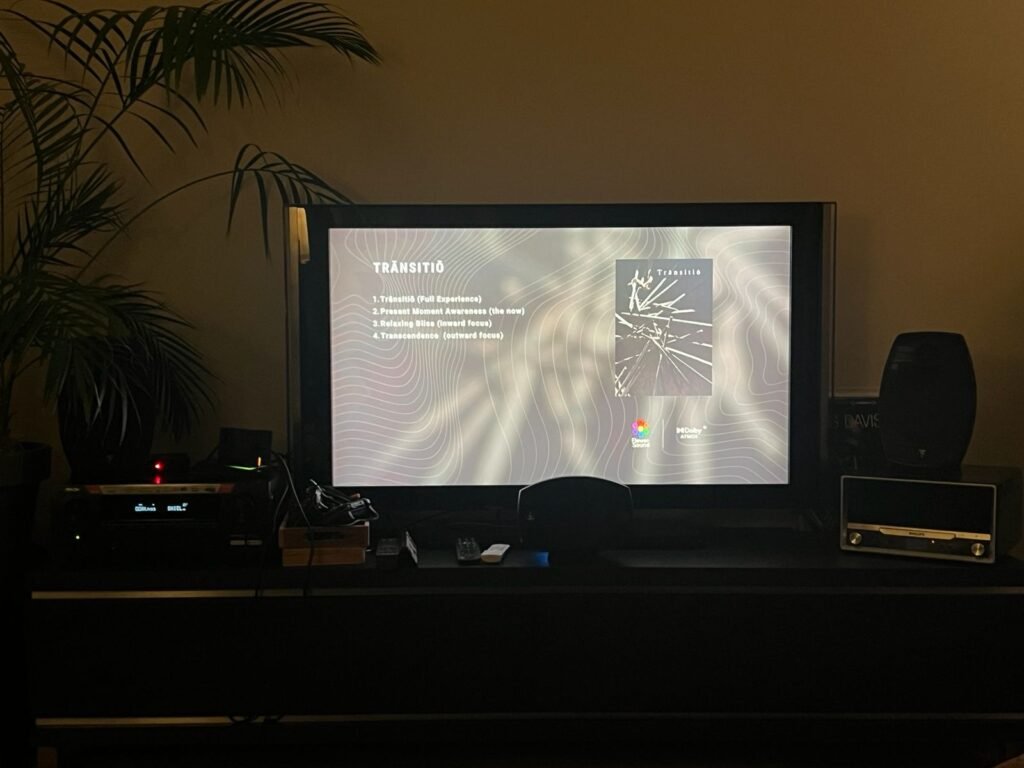
Spatial audio technologies create demonstrable changes in how we process our environment. Research shows that 3D audio and spatial soundscapes can reduce stress through immersive environments, with pilot studies indicating significant psychological benefits in clinical settings (Greenberg).
These perceptual shifts engage what researchers call “cognitive entrainment,” which is the brain’s tendency to synchronize with external stimuli. To express it more simply: it makes the effects of what you listen to larger. All by changing the perception of the sound.
So, relaxing sounds are more relaxing while disturbing sounds become more disturbing.
Last but not least
Keltner and Haidt describe awe as a feeling that comes from “perceptual vastness.” This means coming into contact with something that feels much bigger than what we normally perceive. Spatial and immersive audio can create this effect. They do it by building wide, three-dimensional soundscapes that stretch beyond our everyday sense of sound, going further than what we usually expect to hear. Explaining also our fascination with 3D sound, it is the natural way to listen and can create this perceptual vastness.
So, how can you benefit from this?
- Train your perception through immersive listening, expand your auditory sensitivity and spatial awareness, and you might also experience this perceptual vastness.
- Challenge your perception through spatial audio; it will reveal new ways of understanding space, embodiment, and emotional response (yes, this includes relaxing sounds)
- Reset your perception through carefully designed sound experiences, as they can support nervous system regulation and facilitate positive changes in emotional state
At Flower of Sound, we craft 3D audio experiences that deliver a shift in your inner space. Each sonic experience is meant as a doorway for a change in perception, some relaxing, some challenging. Whether by soundwalking through the streets of Venice or the resonance of a meditative drone, we invite you to listen again and to listen differently. Sound felt different. And perception is where it begins.
Sources
Noë, A. (2004). Action in Perception. MIT Press.
EEG studies on surround sound and embodiment in virtual reality environments:
Clinical research on spatial audio applications for stress reduction
Read more in our article on Modern Well-being through Sound here
Read more in our article Brainwaves, Binaural Beats






